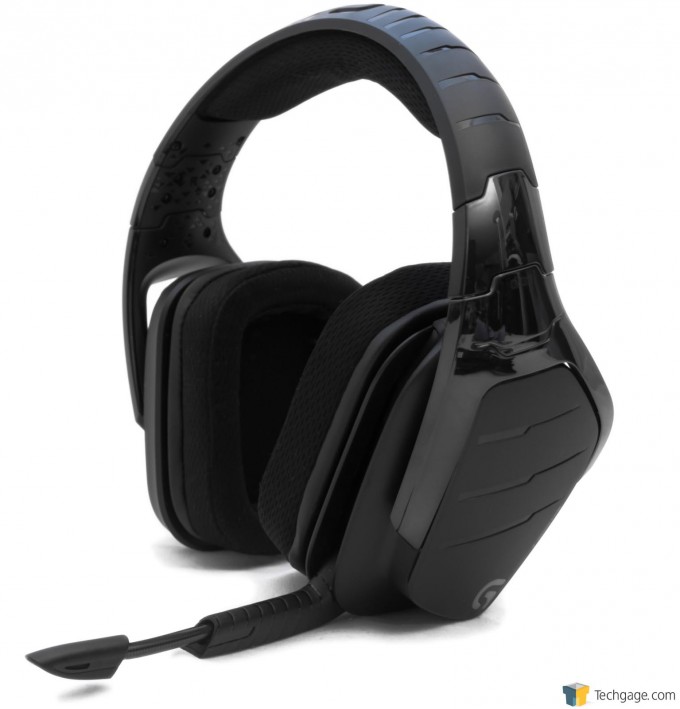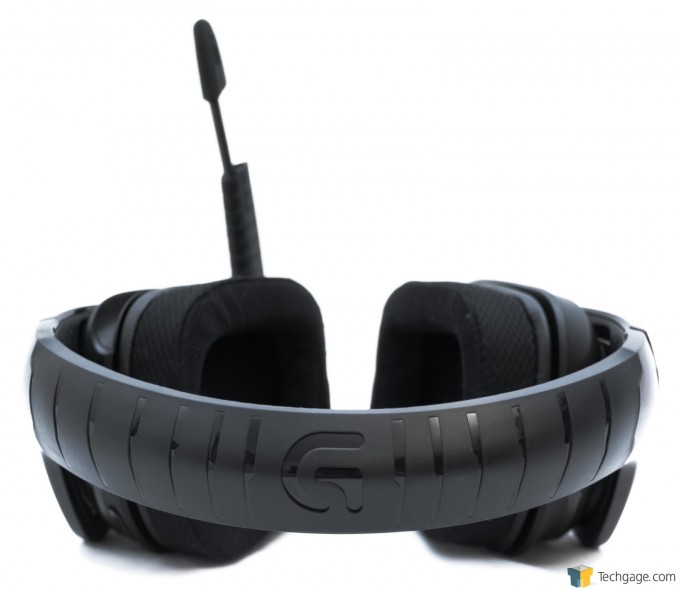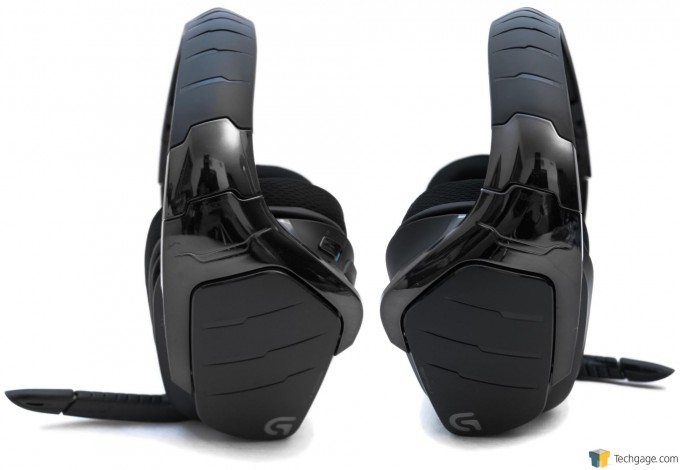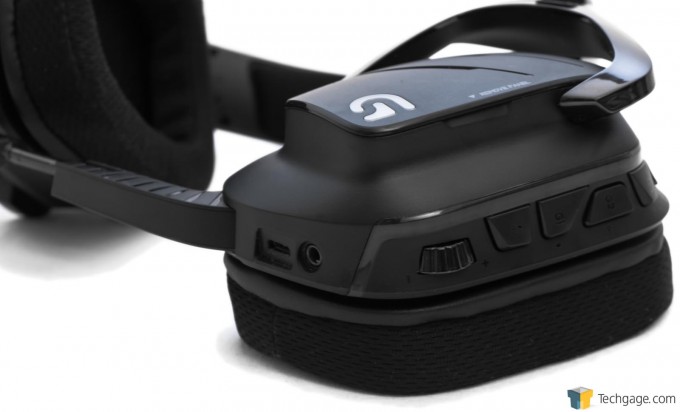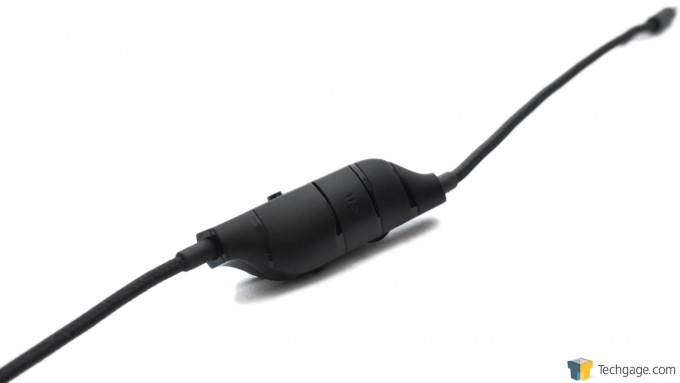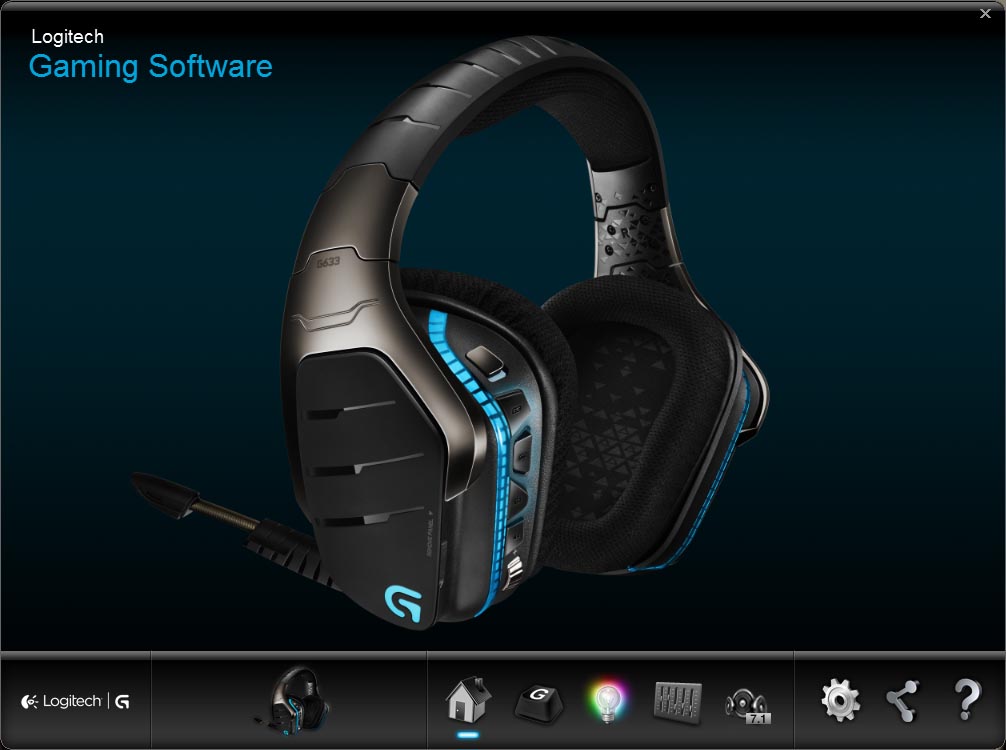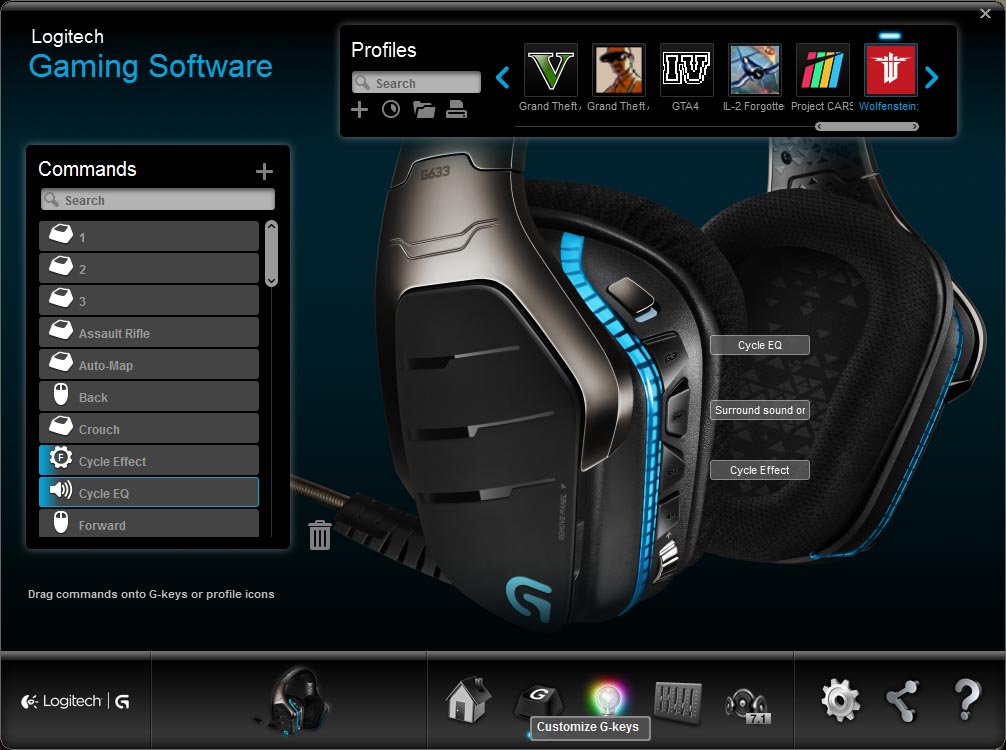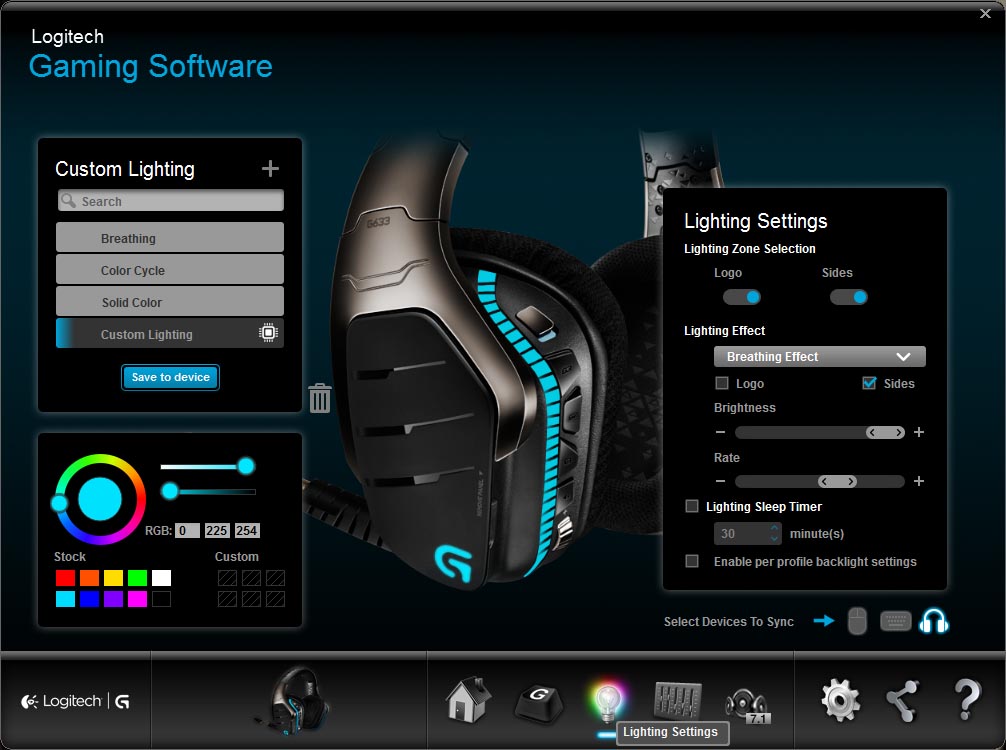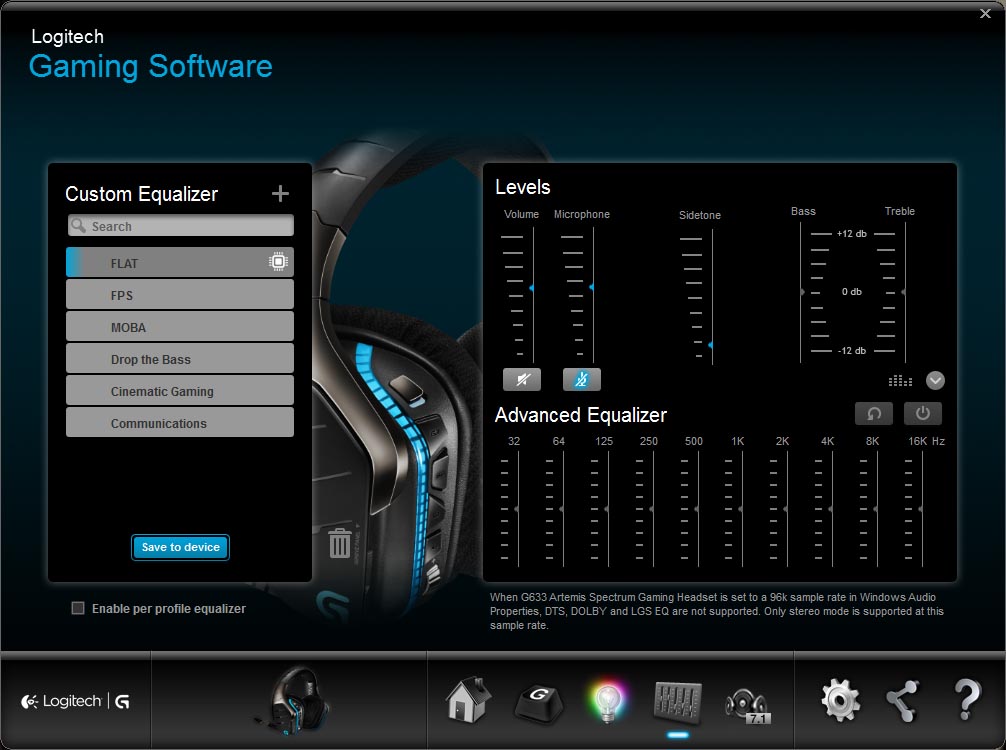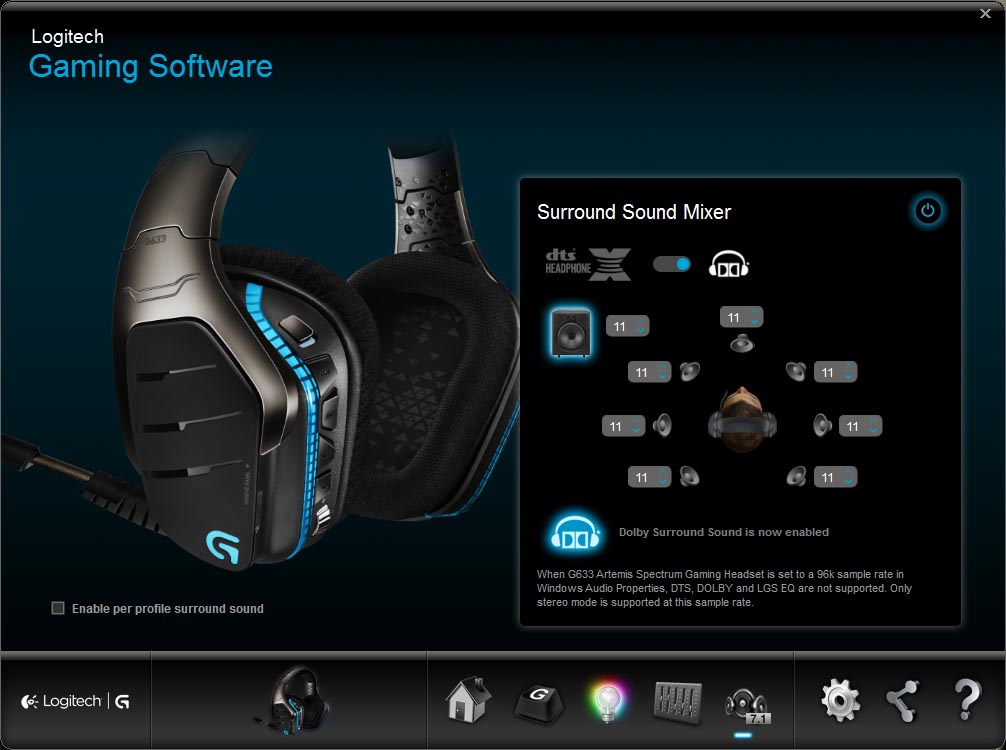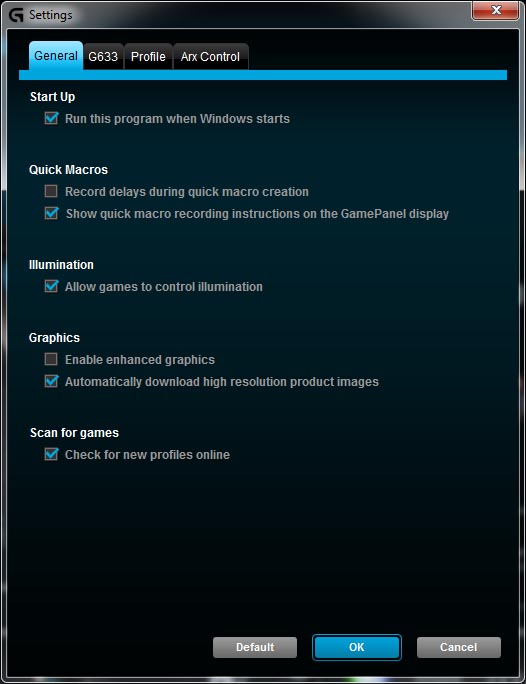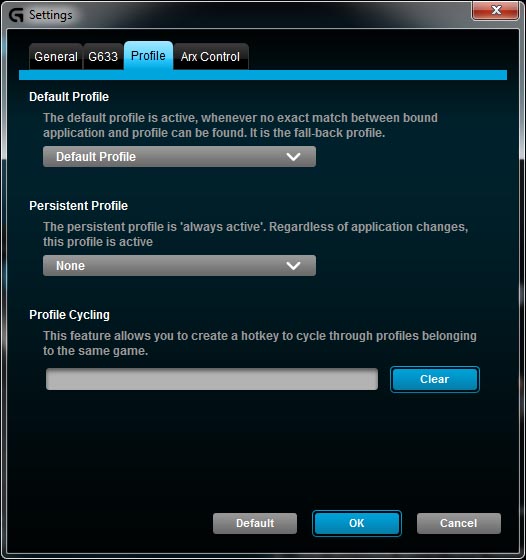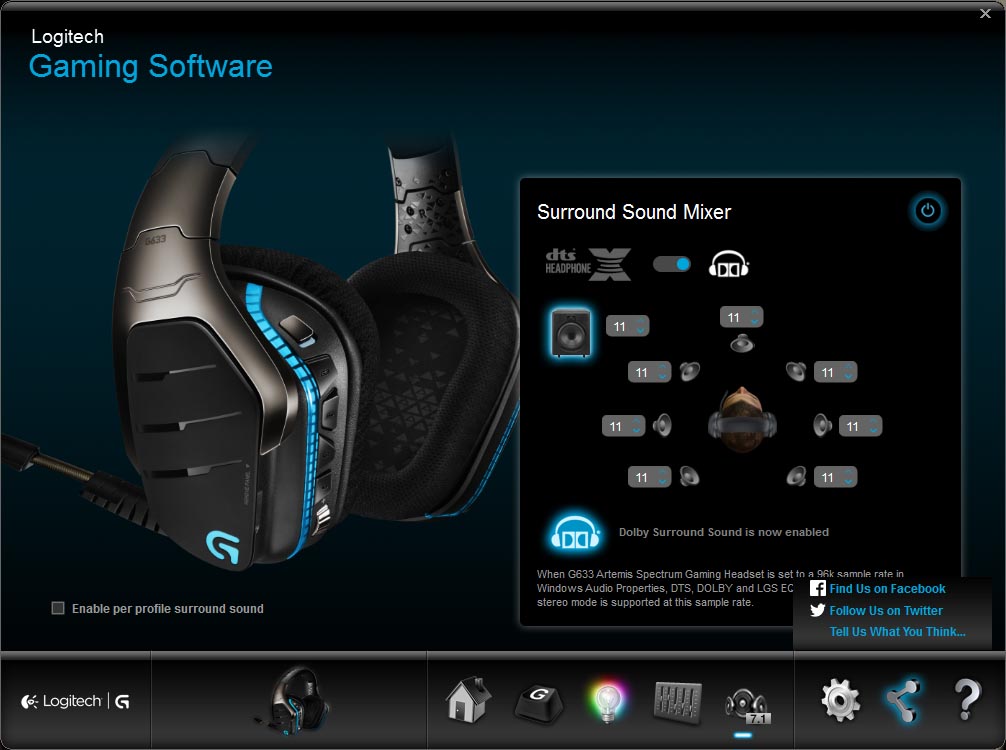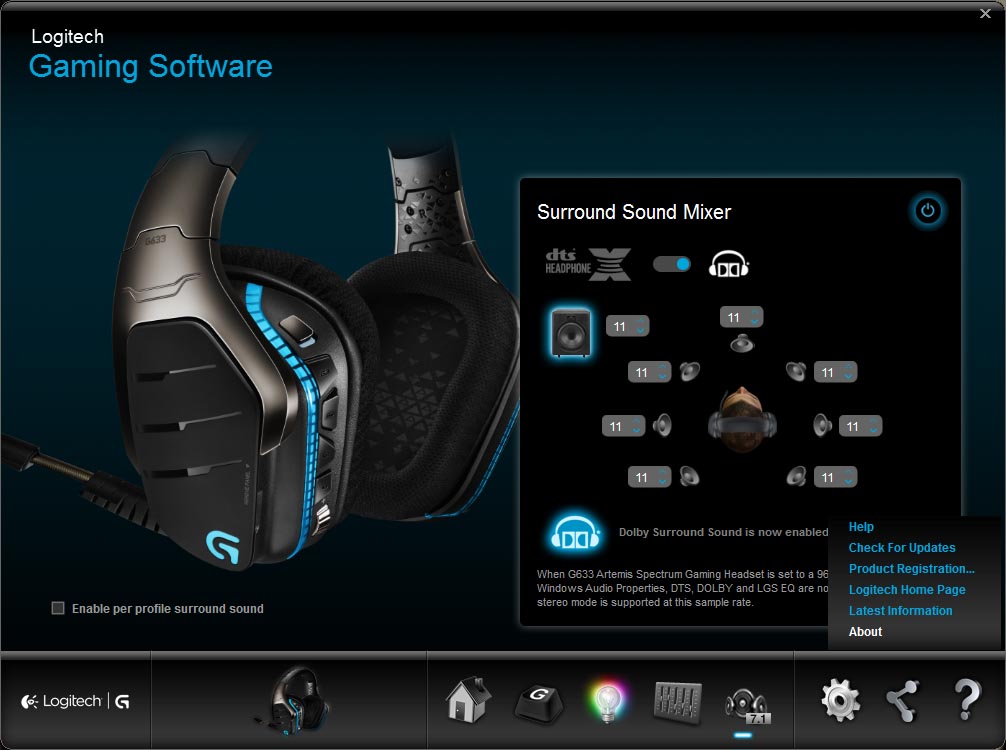- Qualcomm Launches Snapdragon 4 Gen 2 Mobile Platform
- AMD Launches Ryzen PRO 7000 Series Mobile & Desktop Platform
- Intel Launches Sleek Single-Slot Arc Pro A60 Workstation Graphics Card
- NVIDIA Announces Latest Ada Lovelace Additions: GeForce RTX 4060 Ti & RTX 4060
- Maxon Redshift With AMD Radeon GPU Rendering Support Now Available
Logitech G633 Artemis Spectrum RGB 7.1 Surround Sound Headset Review

When Logitech announced its Artemis Spectrum gaming headsets, it said that they would deliver “audiophile-like” sound. Now, that’s a lofty promise. The company sent us the wired version, the G633, for us to review. Does it live up to its divine name and ambitious promises, or does it fall short, leaving us mere mortals still hunting for a god-like audio experience?
Page 1 – Introduction, A Look At The Hardware & Software
In ancient Greek mythology, Artemis is the goddess of the hunt. Daughter of the mighty Zeus and Leto, and brother of Apollo, Artemis is one of the most significant deities in the Hellenic pantheon.
Consequently, anything that bears the name Artemis is supposed to be endowed with a certain status. For example, only a beautiful girl ought to be named after this great Greek goddess.
So Logitech is really saying something when two of its newest gaming headsets are named after her. We wrote about both the G933 (wireless) and G633 (wired) Artemis Surround Sound Headsets a few months ago, noting that Logitech promises both of them to “provide audiophile-like performance.” Given the hardware specs and the company’s reputation for delivering high-quality products, who’s to say either (or both) won’t hit such a lofty target?
The company sent Techgage the G633 Artemis Spectrum RGB 7.1 Surround Sound Headset just so we can find out whether or not it can deliver on its ambitious promises.
Here we see the G633 Artemis Spectrum RGB 7.1 Surround Sound Gaming Headset. The retractable mic boom has been lowered, with the flexible mic stalk extended.
Following are a few detail shots of the G633 Artemis Spectrum.
Starting from the top of the headset, you can see Logitech has really gone all-out in styling it to look like a high-quality product. The plastic headband (inside of which is metal) has the Logitech “G” embossed on it, flanked by stylish ribs radiating out towards the extremities. Not shown in this photo is an adequate layer of padding on the inside surface of the headband.
This pic shows the G633 Artemis Spectrum in profile. The asymmetric shape of the ear cups is obvious in this profile shot; they convey a “high-tech” sensibility that is completely appropriate for gamer gear.
Speaking of the ear cups, they swivel up to 90°. Combined with the expandable range of the headband, they make it super-easy for the user to find a comfortable fit. So unless your melon’s the size of the planet Jupiter, you should have no issues with discomfort whilst using the G633 Artemis Spectrum.
This shot shows the left ear cup in detail. Noteworthy are the two input-output connectors (3.5mm and USB) as well as the array of controls. There is a volume scroll wheel, a mic mute button, three G-buttons (G1, G2, G3) for settings/profile switching, and a USB/3.5mm mode slider switch.
Speaking of the cables, let’s have a look at them now. The G633 Artemis Spectrum comes with two sets of cables: A USB cable and a combo 3.5mm cable which features an in-line control pod.
First up is the USB cable, still coiled up as it comes from the package. It’s pretty conventional, really, and not worthy of further comment until the performance testing portion of this review.
More interesting is the 3.5mm cable. Shown here is the in-line control pod. It has a mic select switch so that you can choose between the mic boom on the headset or the pickup mounted in the in-line control pod, a volume control roller, a mic on/mute sliding toggle for the in-line pickup, and a play/pause/call answer button on the top side of the pod. On the bottom side there is a clip so that you can put the control pod on your shirt for ease of reach.
Logitech designed the G633 Artemis Spectrum to be compatible with PCs, mobile devices, and current-gen gaming consoles. Moreover, you can use have both cables attached to the headset and use a PC and one additional device simultaneously; you can switch between devices using the 3.5mm/USB mode selector switch on the left ear cup.
And here are some technical specifications:
| Driver | 40mm/1.6″ |
| Frequency Response | 20Hz-20KHz |
| Impedance | 39 Ohms (passive), 5k Ohms (active) |
| Sensitivity | 107dB SPL/mW |
| Microphone (Boom) | |
| Mic Pickup Pattern | Cardioid (Unidirectional) |
| Size | 4mm |
| Frequency Response | 100Hz-20KHz |
| Connection Type | USB/3.5mm |
| Noise Cancellation | Yes |
Now that we’ve had a look at it, let’s have a look at the G633 Artemis Spectrum’s software component.
Software
It’s no secret that I’m a big fan of Logitech’s LGS (Logitech Gaming Software). I’ve raved about it previously, most recently in my review of the G602 Wireless Gaming Mouse. Since this is a Logitech gaming peripheral, I’m keen to see how the LGS works with the G633 Artemis Spectrum.
LGS works with the G633 only when the headset is in USB mode. After downloading and installing the LGS, then resetting your PC, the software is ready to use.
The first screen you’ll see is Home. The GUI is clean and attractive, as it always has been. Clicking the Home icon on the GUI returns you to this screen.
When you click the G-Key icon for the first time, the LGS scans your system for all installed games for which there is a default LGS profile compiled by Logitech. Thus far the company has compiled a total of 555 game profiles.
Once the LGS has found the games for which it has profiles, you can then assign functions to each of the three G-keys for each profile. In effect, the G633 Artemis Spectrum thus becomes part of a game’s controller set (along with the mouse and keyboard).
Clicking the multi-colored Lightbulb icon brings up the Lighting Settings section of the UI. Here you can manipulate every aspect of the G633 Artemis Spectrum’s RGB lighting effects, including changing the color, breathing effects, or even turning them off completely.
The next section of the LGS UI configures the Audio Experience. The icon is of a mixing board, appropriately enough. Clicking this allows you to configure various aspects of the audio experience, including speaker and microphone volume levels, Sidetone level, and bass and treble settings. You can also tweak graphic equalizer settings across a spectrum of audio frequencies according to your tastes. But if you’re not that fastidious with your audio, you can simply select pre-mixed equalizer settings according to different usage scenarios.
The 7.1 icon of the UI allows you to further tweak the audio output. Specifically, this section configures the surround sound output. You can select between DTS Headphone X and Dolby Surround modes. Moreover, in Dolby Surround mode, you can tweak the output of each of the seven audio channels. This is good for gaming situations, specifically; I find it’s helpful to boost the side and rear channels and dial down the front channels for enhanced spatial awareness, particularly in a FPS.
As an aside, I had a good laugh when I saw the maximum volume level for each channel was 11. Someone at Logitech’s software division apparently has a sense of humor.
Clicking the gear icon takes you to the Settings section. This section is sub-divided into four sub-sections. The General sub-section controls LGS-wide settings for the software.
The G633 sub-section enables/disables device startup effect whenever you plug in the headset. This is also where you can update the device’s firmware with one click of a button.
The Profile sub-section allows you to designate which user profile is active upon Windows start-up. You an also designate an “always-on” Persistent Profile, if you wish, as well as configure a hotkey for Profile Cycling.
The final sub-section is for Arx Control, which is a Logitech app for smartphones and mobile devices that allows you to control various functions of your Logitech gaming peripheral.
Clicking the triangular Share icon allows you to connect with Logitech via Facebook, Twitter, or with the company website directly.
The ? icon accesses the Help section of the GUI. Here you can ask for help, check for software updates, register your Logitech gaming device, go directly to the company homepage, get the latest information on your device, and learn about the LGS.
The Logitech Gaming Software remains as robust, intuitive to use, and visually attractive as I’ve always found it.
Let’s move on to putting this headset through its paces.
Support our efforts! With ad revenue at an all-time low for written websites, we're relying more than ever on reader support to help us continue putting so much effort into this type of content. You can support us by becoming a Patron, or by using our Amazon shopping affiliate links listed through our articles. Thanks for your support!




